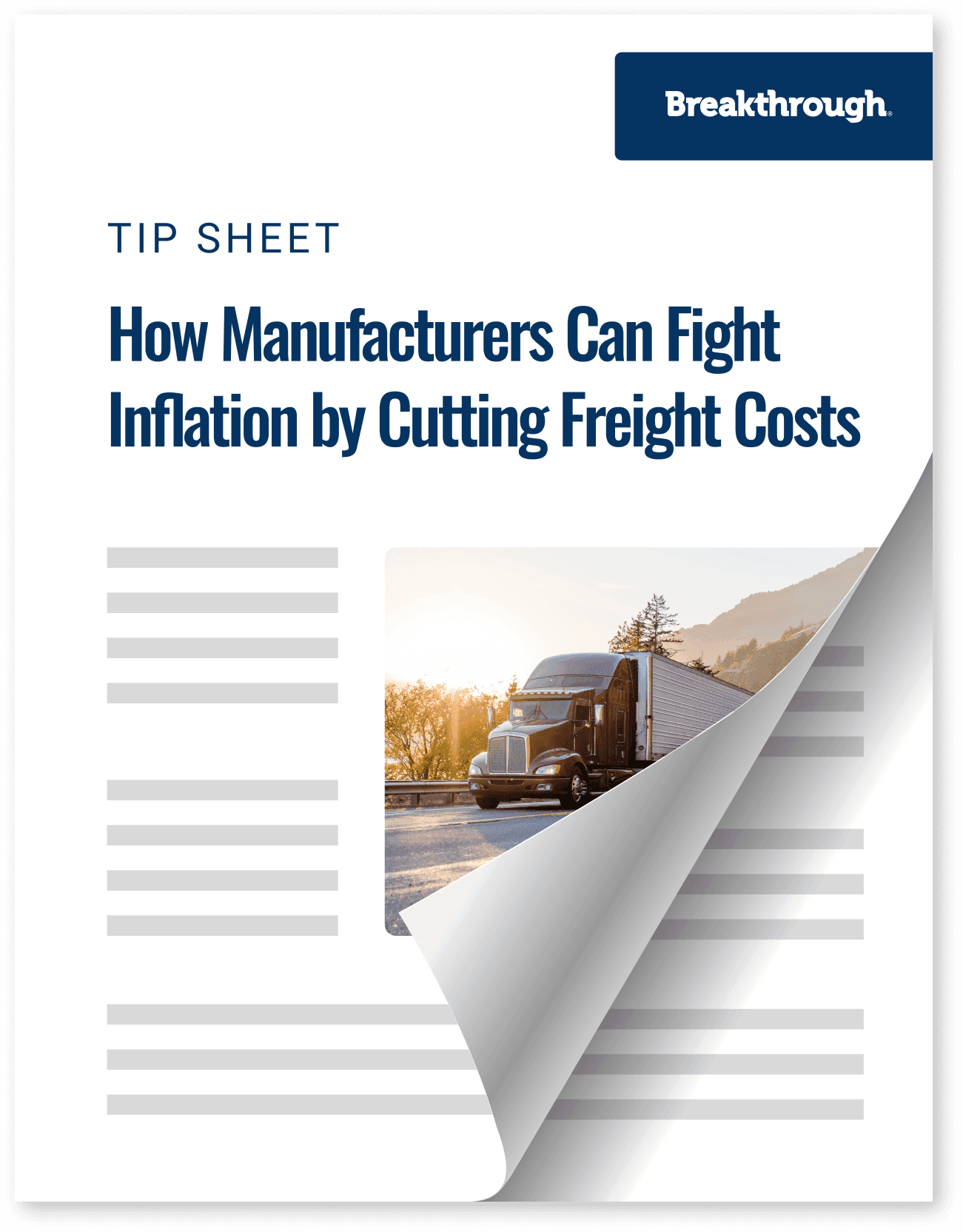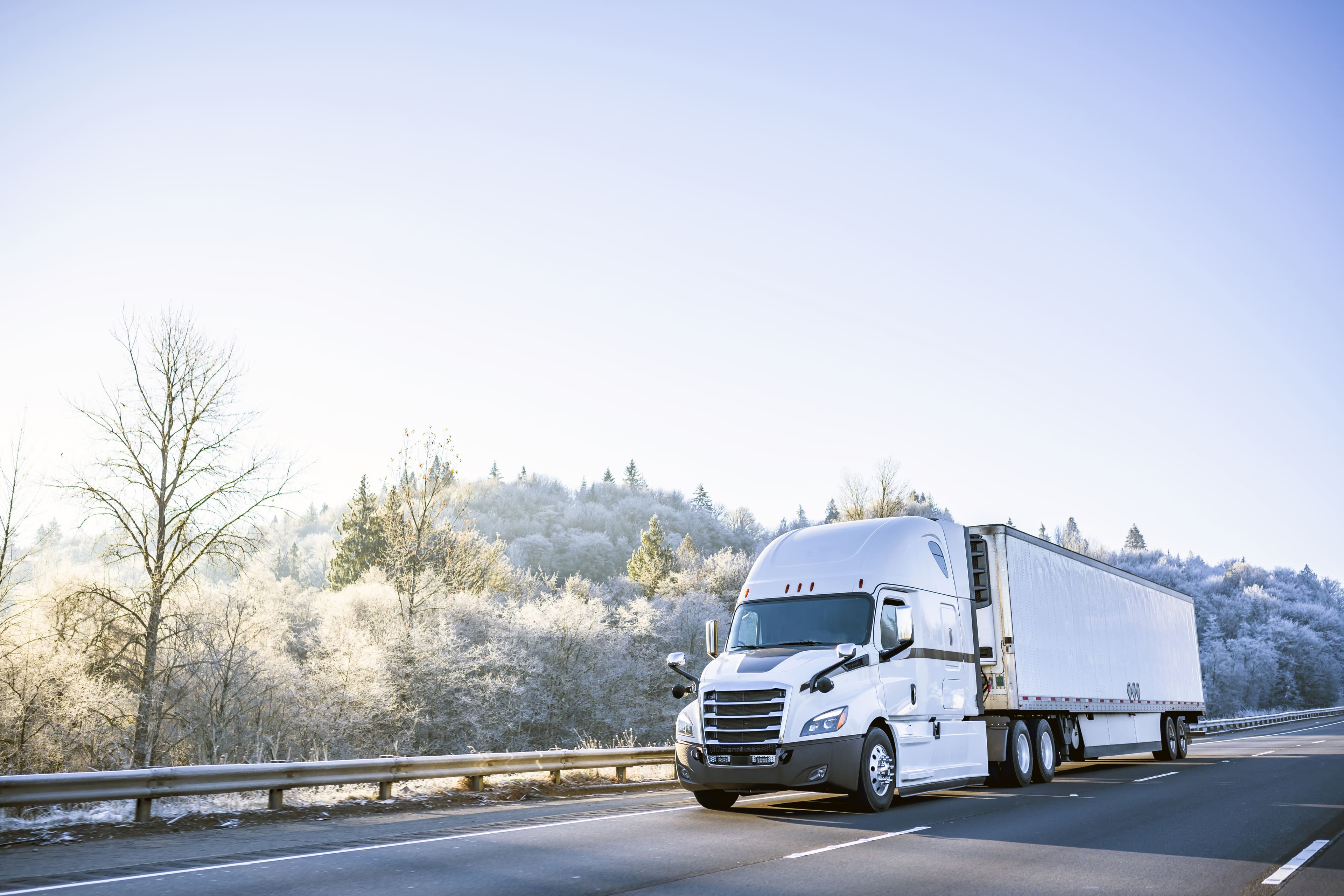制造商如何通过削减运费抗击通胀

热门职位
同类最佳的托运商正通过各行业的 SmartWay 承运商为运输排放强度和行驶里程设定标准。通过动态的托运人交易数据,"突破 "的可持续发展指数让您可以衡量您的网络绩效--为可持续发展的未来做出更明智的决策。

运输可持续性指数是衡量和基准环境绩效的重要工具。它们突出了关键的数据点,这些数据点可指导企业朝着以科学为基础的 Target 迈进,帮助企业发现需要改进的领域。这些交通指数还为跟踪进展和向利益相关者有效传达结果提供了一个坚实的框架。
跟踪各种交通方式在可持续发展方面取得的进展,帮助确定哪些交通方式效率最高,哪些方面需要改进。
重点介绍各行业的减排工作,深入探讨各行业如何向可持续发展目标迈进。
衡量行业采用高效承运商的情况,展示通过更明智的物流选择减少对环境影响的进展。
排放强度衡量的是生命周期内产生的排放量与企业产出的对比。通过这些数据,我们可以深入了解按运输方式划分的可持续发展措施的进展和效果。
多式联运是效率最高的运输方式,排放强度最低。相比之下,卡车运输和零担运输的排放量要高得多。对于旨在减少其网络碳足迹的托运人来说,将 OTR(公路)运输过渡到铁路或多式联运,以及将较小的零担运输合并为整车运输,都是切实可行且具有影响力的策略。

排放强度衡量的是生命周期内产生的排放量与企业产出的对比。这些数据为了解各行业可持续发展措施的进展和效果提供了宝贵的信息。
纸张和包装以及食品和饮料托运人的排放强度往往最高,其次是消费品包装和化工。受市场条件影响,2025 年 4 月耐用品行业的排放量激增。排放强度受多种因素影响,包括运输方式、能源和设备类型、载重量和承运人效率。

环境保护署 (EPA) 的 SmartWay 计划对承运商的效率和燃油经济性进行衡量、基准设定和跟踪,以提供反映承运商对环境影响的评分。这些数据为各行业如何更多地采用参与 SmartWay 计划的承运商提供了宝贵的见解。
耐用品托运人广泛采用 SmartWay 承运商,而纸张和包装托运人则没有采用。我们鼓励承运商加入SmartWay 计划,以获得反映其环境绩效的精确评分,从而增强其对寻求高效、可持续运输合作伙伴的托运人的吸引力。同样,托运人应优先考虑与 SmartWay 承运商合作,以支持那些投资于更清洁车队的承运商,为实现以科学为基础的可持续发展目标做出贡献。



随着联邦政府从可持续发展的角度出发,各州很可能成为减排努力和替代能源市场的主要推动者。然而,经济、地理和基础设施因素也将影响替代能源的采用。值得注意的是,天然气,尤其是可再生天然气(RNG)正受到更多关注,因为它不受地理位置的限制,也不受基础设施发展的限制。可再生柴油和重型电动汽车也越来越受到重视。随着企业认识到燃料多样化、成本稳定和减排的好处,替代能源的发展势头将继续增强。
Breakthrough 生态系统是美国最干净、最强大的交通数据集之一。
在可持续发展的道路上迈出下一步。根据行业基准评估您的网络数据。